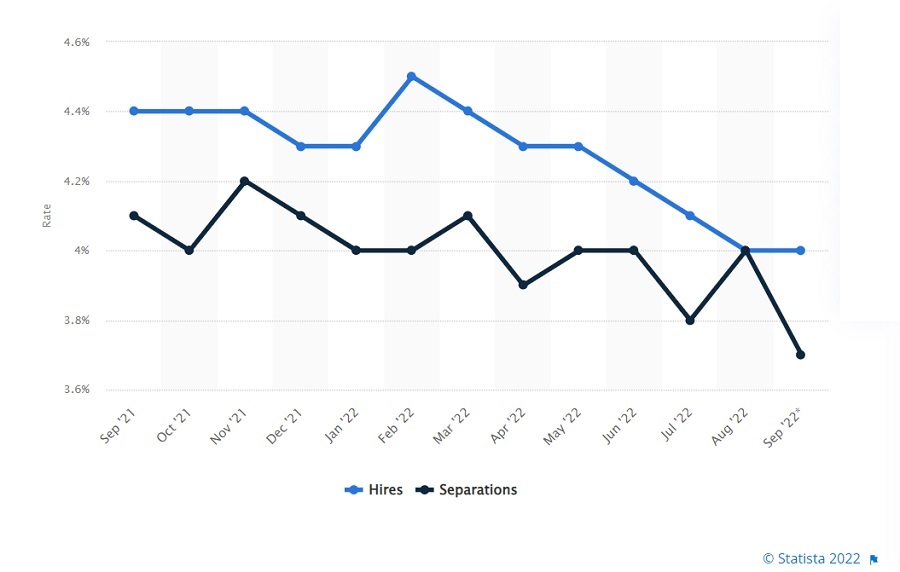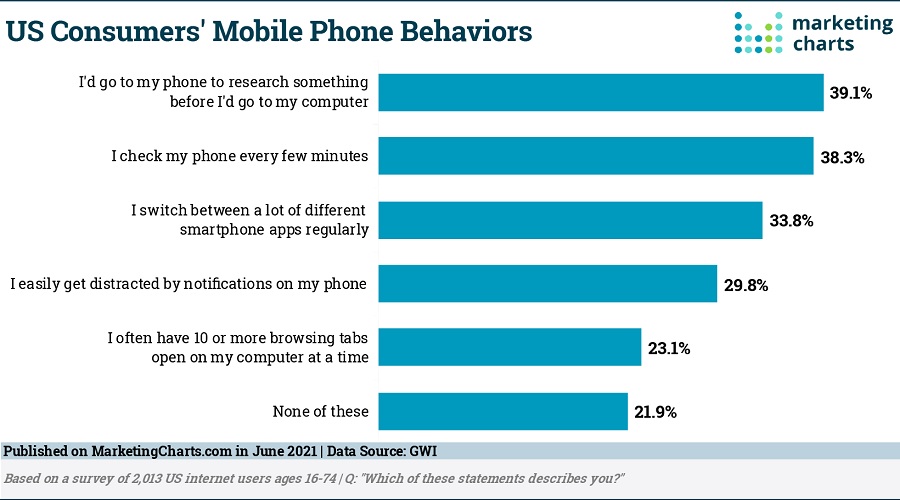Knowing where your small business stands can make the difference in success or failure. You likely spend a lot of time looking at analytics and trying to figure out your ideal customer, perfect employee and how to reach more people. You may even check out your processes and see how they function.
However, properly measuring productivity is an entirely different animal involving a lot of moving parts. When looking at how well your brand stacks up with productivity, you need to look at the big picture rather than honing in on individuals. You can’t build your company one block at a time. You must figure out how it works as a whole, as workers come and go over time.
How Do Small Businesses Measure Productivity?
According to the Small Business Administration, there are around 33 million small businesses in the United States. Even though 1.1 million new establishments opened last year, 965,995 closed. What is the secret to success for the ones that make it and stay open year after year? The key may be in finding weaknesses and improving them consistently.

Source: https://cdn.advocacy.sba.gov/wp-content/uploads/2022/08/30121348/State_Profiles_2022.pdf
Evaluating your strengths and weaknesses helps you set the right goals. Focusing on productivity for your company is one of the top things you can do to ensure you don’t fall into bad habits or let errors go unchecked. You’ll also spot workers who aren’t giving the job their full effort. Others may need additional training, support or a reminder of their job responsibilities.
The way you measure productivity for a factory, educational institution or technology is vastly different from the way you measure for a small retail establishment or other business. Here are some things to consider.
1. Assess Your Strengths and Weaknesses
Conduct a company-wide audit to help see what your strengths and weaknesses are. Some problem areas are easy to spot because they result in monetary losses or customers churning away from your business to a competitor.
Other issues may be more difficult to define. Ask for input from your department heads and your employees. Do they see any bottlenecks in productivity? They may also have ideas for how to solve the problems.
Some weaknesses can be easily shifted into strengths with the right focus and attitude. Others are bad habits you must break as a company. Improving your company culture is a first step to a happier, healthier work environment.
2. Choose the Right Measurement
Depending on your industry, you might look at several different measurements, such as revenue per man-hour and measured mile analysis. Also consider standards within your industry when figuring out if you’re matching other companies in your niche.
If you can’t somehow apply the measurement to what you do, then it’s worthless. It doesn’t do you any good to know your employees aren’t meeting goals if you don’t understand the underlying reasons they aren’t.
3. Look at Profit
It makes sense to measure productivity in terms of profit. Number of man hours divided into revenue minus other expenses gives you a picture of how well your employees are performing and if you need to make any changes.
If your margins are low, you may need to automate some of the more repetitive tasks in your processes. You can also compare productivity across different departments and amongst various employees. Unfortunately, there may be times when someone isn’t a great match for your company and you need to part ways.
4. Reward Effort
Do you have those employees who always strive to do their best, look for opportunities to grow and consistently complete their work on time? It takes effort to focus on the task at hand and remain productive throughout various work and life challenges.

The number of separations rises and falls. What can you do to ensure those you invest in stay with your brand for the long term? Make sure you reward your workers who put in the extra time and care to help your business grow. Find ways to improve your workspace. A comfortable temperature increases productivity and keeps employees happy. People also appreciate perks such as working from home when they want or extra days off to spend with their families.
5. Implement 360-Degree Feedback
One of the best ways to see how individual employees measure up is by getting peer-to-peer feedback. Ask those who work directly above and below the staff member in the hierarchy what their experience with the person is.
Do they get what they need in a timely manner? For leaders in your organization, anything they lack will show up in the feedback. Just make sure things are anonymous so your other staff feel comfortable being completely honest.
The feedback isn’t to just fire people willy-nilly either. Instead, use it to locate strengths and weaknesses in your chain of command. You may be able to improve processes by taking some things off one worker’s plate, hiring another employee or adjusting the process to give lower-level employees more power to make their own judgment calls.
6. Utilize Productivity Apps
Tracking time spent on tasks can help workers see where they’re wasting their precious hours. Ideally, a productivity app gives your employees a goal to strive toward as they improve processes over time.
You’ll find many different apps available for time tracking. The key is to figure out which one gives the type of feedback you need. For a factory, you may just need to have an employee clock in and then count how many parts they processed. On the other hand, a marketing professional in your company may need to track how long each type of task takes, so you can see what should be automated or farmed out.
7. Lose Distractions
Experts estimate the average employee is only productive for 31% of an eight-hour workday, or for two hours and 53 minutes. Many factors contribute to lack of focus, including stress at work, interruptions and pointless meetings.

Source: https://www.marketingcharts.com/digital/mobile-phone-117268
Talk to your employees about what is causing them to lose focus amidst their most productive times. Perhaps they need quiet spaces where other employees don’t interrupt them or have loud phone conversations they can’t help but overhear. Maybe they would do better working from home? Maybe the issue is mobile phone usage as shown in the chart above?
Keep in mind that every person is different in how well they handle distractions. One person can put in earphones and tune out the world. Another can’t stand the chitter-chatter or people rustling around behind their cubicle. Seek out the solution that works best for each person. Be flexible enough to allow fully remote, hybrid or work-in-office solutions based on personality and preference.
8. Prioritize Tasks
Adopt a company culture where you create priorities. What are the most important things to finish? What comes first? You’ll run into deadlines, have issues with finishing tasks and such consistently as a business. However, if you can put the vital things first and finish those, your brand will grow in reputation and revenue over time.
It doesn’t matter which approach you choose to prioritize, only that you have a concept and everyone uses it. When an employee logs into the project management software you use, they should immediately see what crucial tasks need completed and what can wait.
Be Open to Outside Input
Once you’ve looked at all the measurements at your disposal, open your company up to outside feedback. Ask a mentor, business coach or productivity consultant to look at your business and offer suggestions for improvement.
